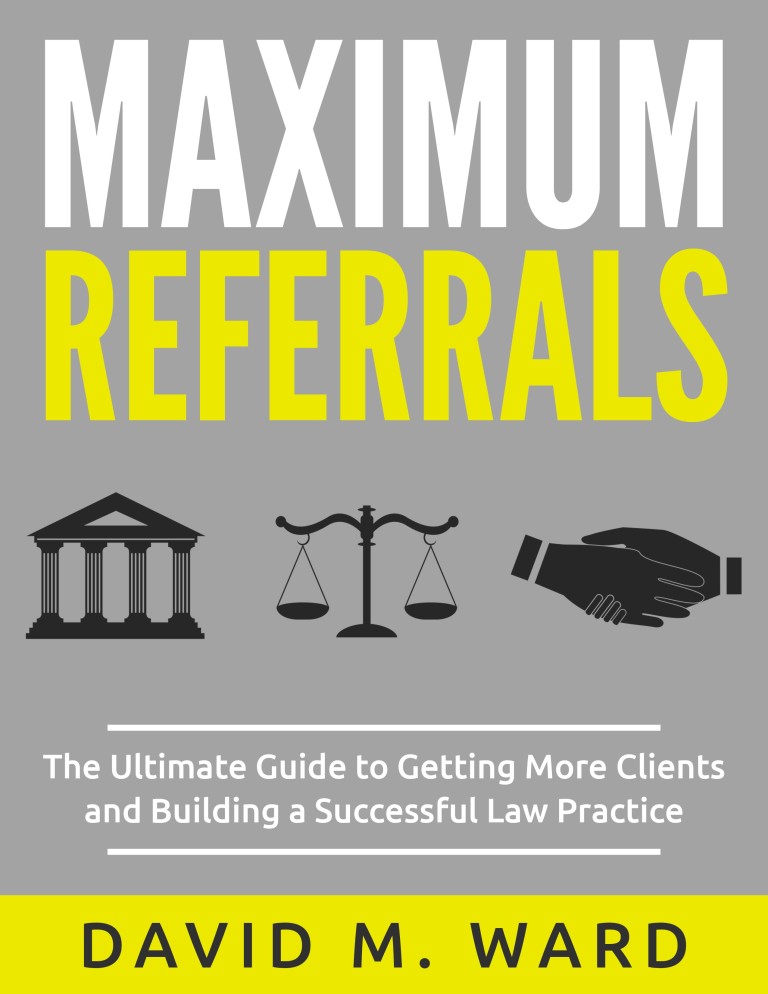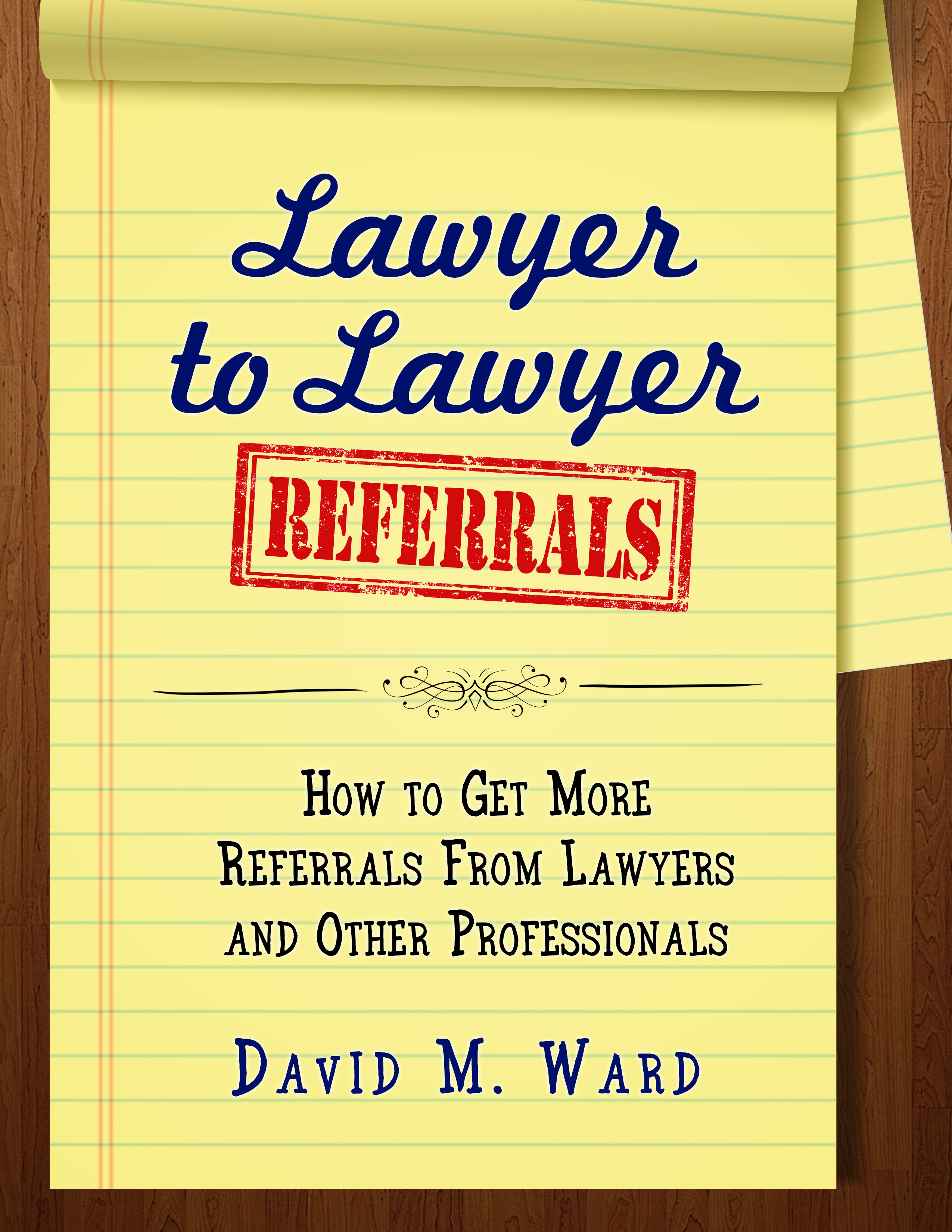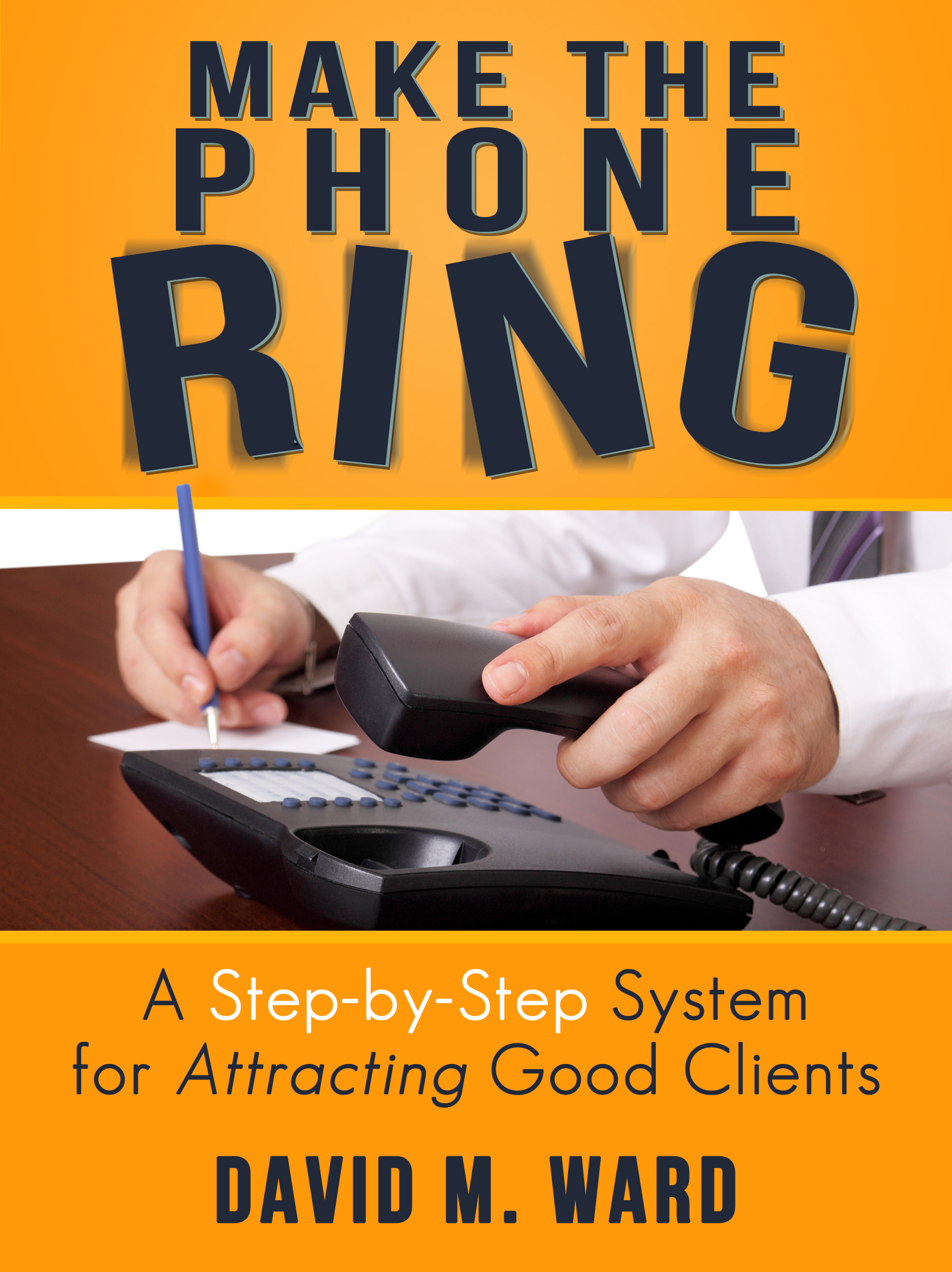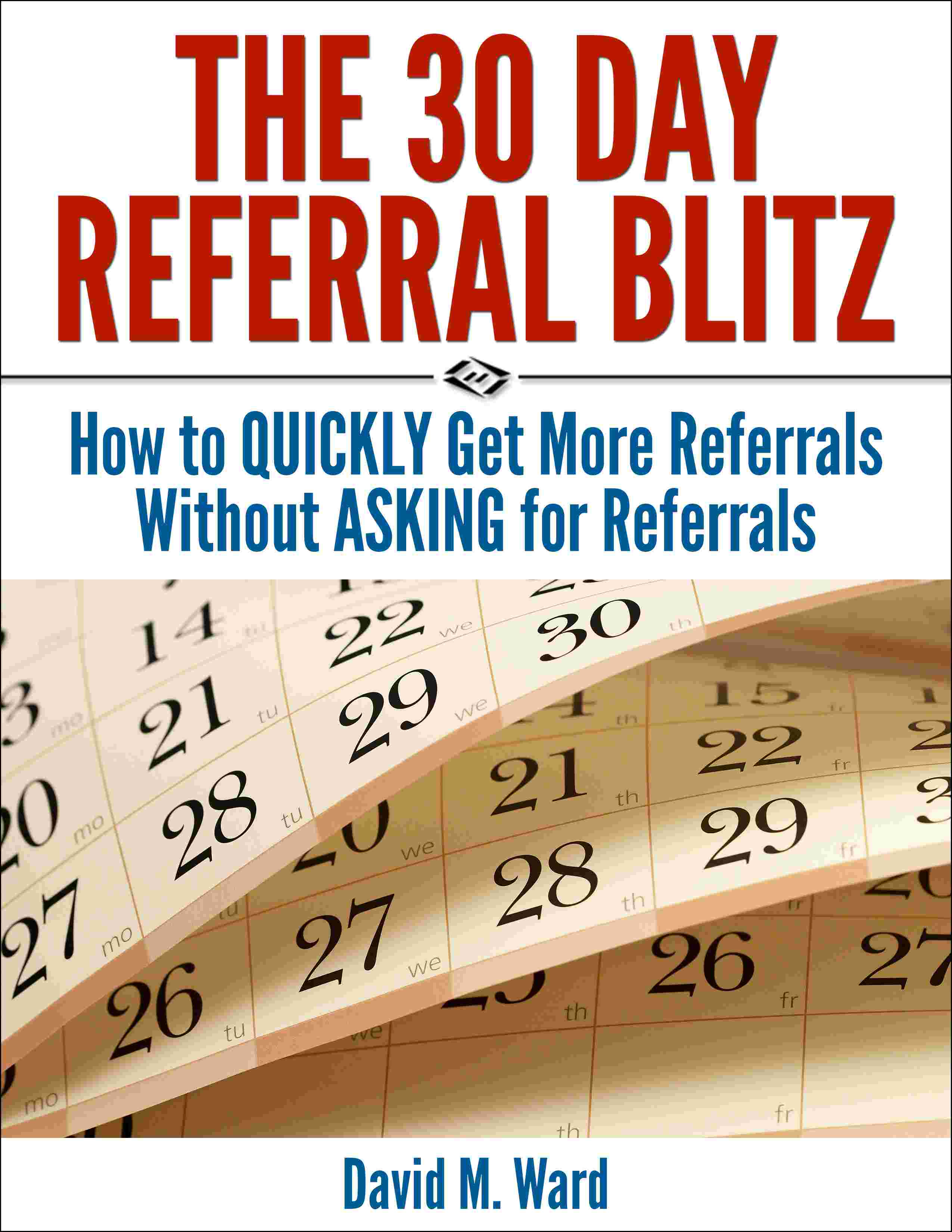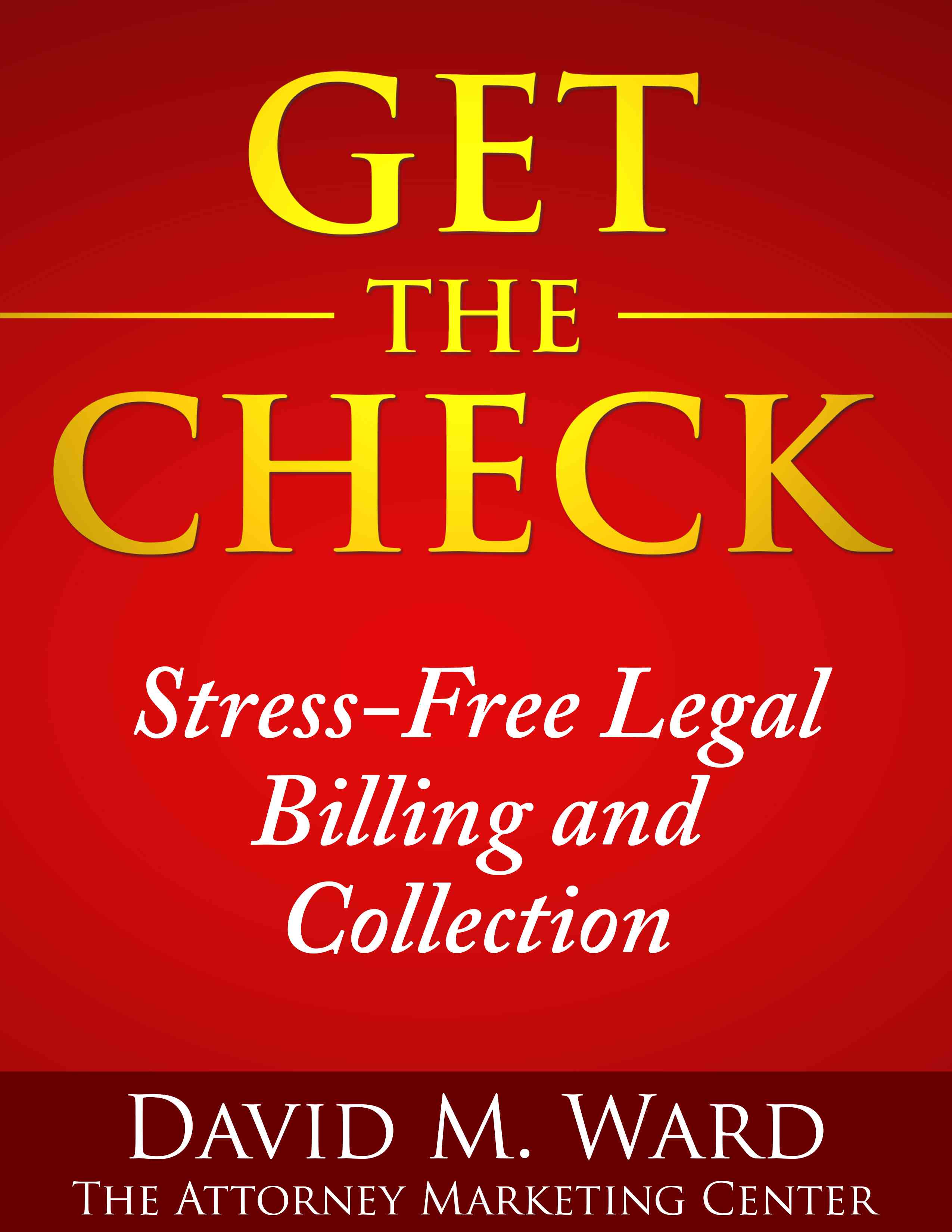The Attorney Marketing Center has released The Attorney Marketing Formula, a new course for attorneys who want to increase their income but don’t have a lot of time for marketing.
The course is based on the work of attorney David M. Ward, founder of The Attorney Marketing Center. “Every day I talk to attorneys who could dramatically increase their income by leveraging their existing talents, assets, contacts, and opportunities. This course shows them what to do and how to do it.”
More and more attorneys have realized that marketing is essential to their success. Unfortunately, their efforts often produce poor results. Ward says one reason is that they are using tactics without mastering the strategies that make them work. “It doesn’t matter which techniques you use–networking, social media, blogging, advertising–without the right strategies, you’re not going to get optimal results. The good news is that with the right strategies, almost any technique will work.”
The course presents strategies in six key areas: focus, value, trust, money, people, and time. “Implement one strategy,” Ward says, “and you’ll increase your income. Implement all six and the results will be staggering.”
Busy attorneys will be glad to know that marketing doesn’t have to take a lot of time. Significant progress can be made in just 15 minutes a day. “If you’re doing the right things and doing them consistently, you can build a big practice without working harder. “Using the strategies in this course,” Ward says,” I was able to quadruple my income and cut my work week from six days to three.”
The course brings everything together in a bonus module that helps attorneys create an effective marketing plan.
The Attorney Marketing Formula is $79. For a limited time, it is available at the introductory price of $59.
For additional information, visit The Attorney Marketing Formula.
David M. Ward practiced law for more than twenty years. He is the author of several marketing programs for attorneys. His blog, The Attorney Marketing Center, provides free tips and resources for attorneys who want to earn more and work less.


